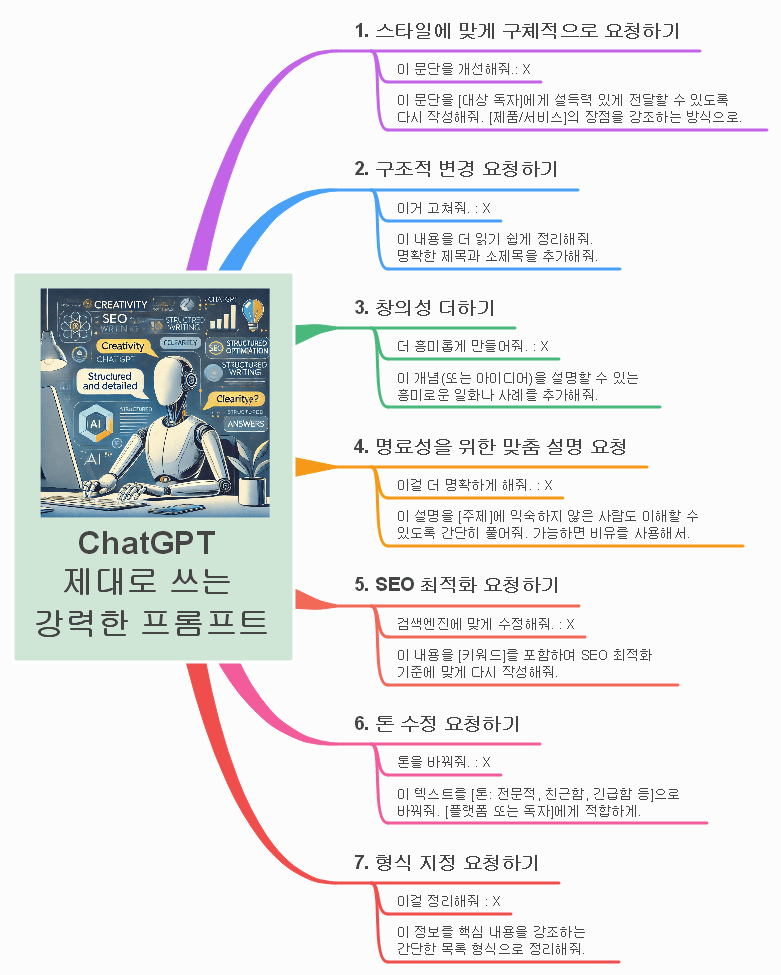✨ Crafting an Engaging Title and First Sentence
The fate of a blog post is determined by its title and first sentence. To entice readers to click and read through, an engaging title and a powerful opening are essential.
🔹 Creating Click-Worthy Titles
- Using Numbers: “7 Ways to Double Your Blog Traffic”
- Raising a Problem and Offering a Solution: “Why Is My Blog Getting Low Views? 5 Solutions”
- Emotional or Provocative Expressions: “This Is All You Need to Become a Popular Blogger”
🔹 Crafting a Strong First Sentence
- Question Format: “Why isn’t your blog post getting read?”
- Using Statistics and Data: “Studies show that 80% of blog visitors only read the title before leaving.”
- Bold Claims: “Would you believe there is a formula for writing a successful blog post?”
🎯 Defining a Clear Purpose and Target Audience
A blog post must have a clear purpose. It should be well-defined who the content is for and what value it provides.
🔹 Purpose of a Blog Post
- Providing Information: “5 Ways to Maintain a Healthy Diet”
- Problem Solving: “How to Optimize Your Blog for SEO”
- Sharing Experiences: “What I Learned from Running a Blog for a Year”
🔹 Analyzing the Target Audience
- Age Group and Interests: “A Self-Improvement Blog for Young Professionals”
- Understanding Search Intent: “The Most Common Questions from Beginner Bloggers”
📖 Writing for Readability
A well-written blog post is easy to read. Keeping the structure clean and free from unnecessary embellishments improves readability.
🔹 Using Short and Clear Sentences
- Keep each sentence within 15-20 words.
- Reduce unnecessary adjectives and adverbs.
🔹 Structuring Paragraphs and Using Subheadings
- Keep paragraphs between 3-5 sentences.
- Use subheadings to structure information.
🔹 Ensuring a Natural Flow
- Use logical connectors (thus, however, therefore).
- Clearly establish relationships between paragraphs.
📊 Enhancing Credibility with Reliable Sources
A blog gains trust when supported by credible sources. Combining personal experience with objective data strengthens the content.
🔹 Providing Information from Reliable Sources
- Cite official reports and academic papers.
- Reference trustworthy news sites.
🔹 Using Case Studies and Data
- Share success stories of blog traffic growth.
- Provide traffic change data after SEO implementation.
🔹 Balancing Personal Experience with Expert Opinions
- Share lessons from personal blog management.
- Include expert interviews and citations.
🔍 SEO Optimization Strategies
By applying SEO (Search Engine Optimization) strategies, a blog post can reach a wider audience.
🔹 Effective Use of Keywords
- Naturally integrate keywords into the title, first paragraph, main content, and conclusion.
- Utilize long-tail keywords (e.g., “Beginner’s Guide to Blog Writing Tips”).
🔹 Using Internal and External Links
- Link to relevant posts within your blog.
- Direct readers to reputable external sources.
🔹 Optimizing Meta Descriptions and Images
- Write meta descriptions that improve search visibility.
- Add alt text to images for better accessibility.
💬 Strengthening Reader Engagement
The more engagement a blog post receives, the more trust and loyalty it builds with its audience.
🔹 Encouraging Comments
- Ask questions: “What are your thoughts on this topic?”
- Provide discussion topics: “Which of these methods do you find most effective?”
🔹 Promoting Social Media Shares
- Highlight sharing buttons.
- Choose topics that encourage discussions on social media.
🔹 Incorporating Reader Feedback
- Write additional posts based on reader comments.
- Create content requested by subscribers.
🔄 Consistent Writing and Improvement
Consistency is key to blog growth. Continuously creating and refining content ensures long-term success.
🔹 Developing a Regular Writing Habit
- Post consistently, at least once or twice a week.
- Prepare a list of upcoming topics in advance.
🔹 Analyzing Performance and Making Improvements
- Track visitors, comments, and time spent on posts.
- Compare high-performing posts with underperforming ones for improvements.
🔹 Implementing Feedback
- Actively incorporate reader feedback.
- Adapt to new trends and update topics accordingly.
📌 #BlogWriting #ContentStrategy #SEOOptimization #ReaderEngagement #WritingTips #BloggerGrowth #ConsistentContent
